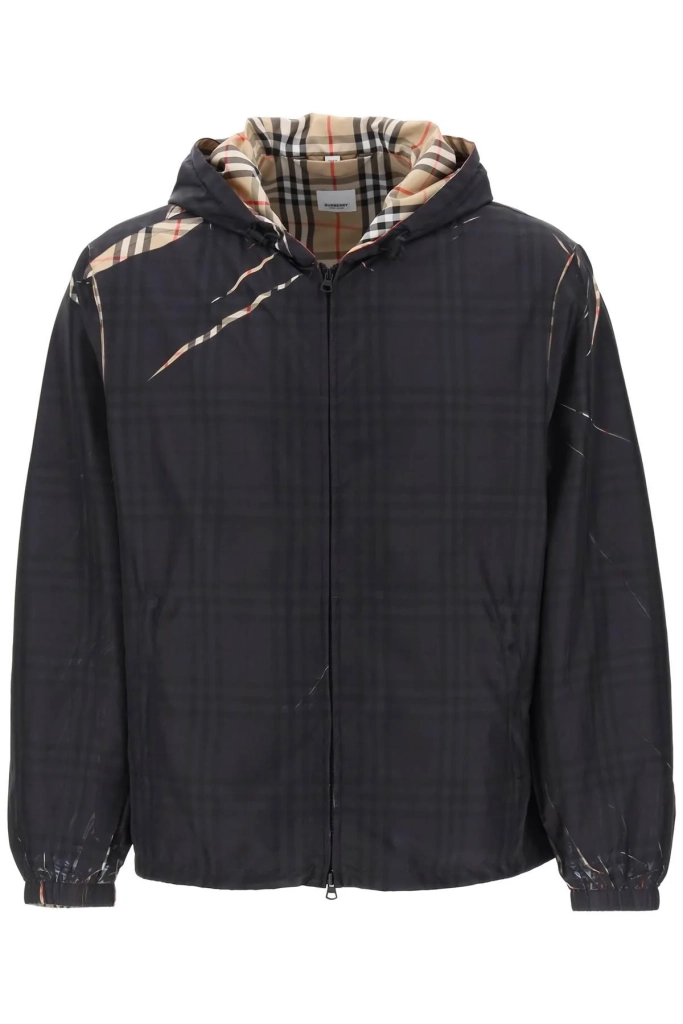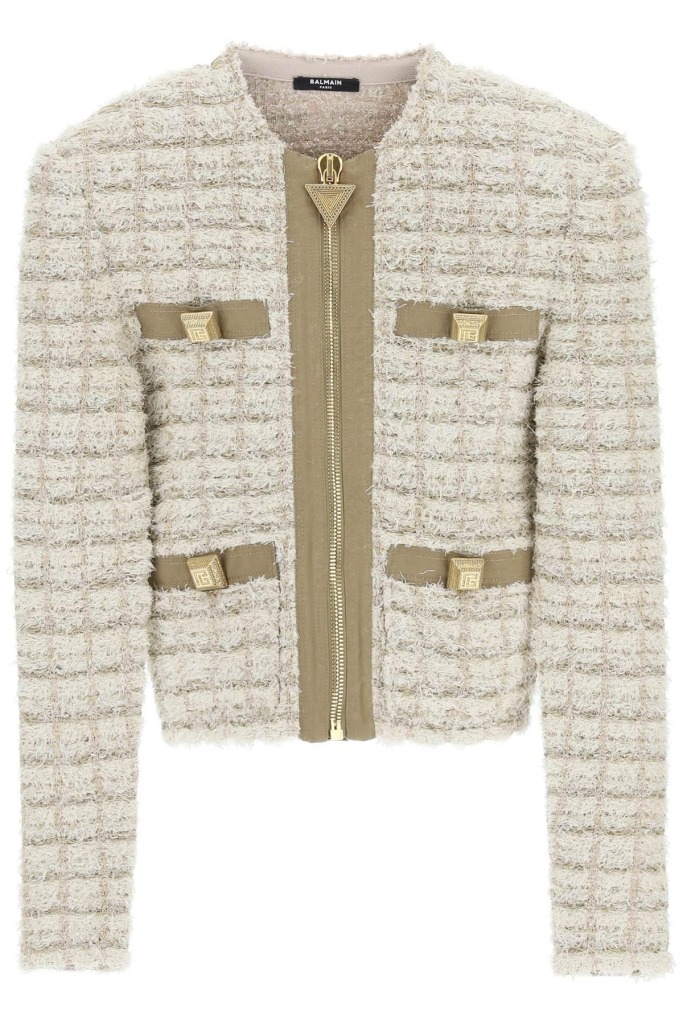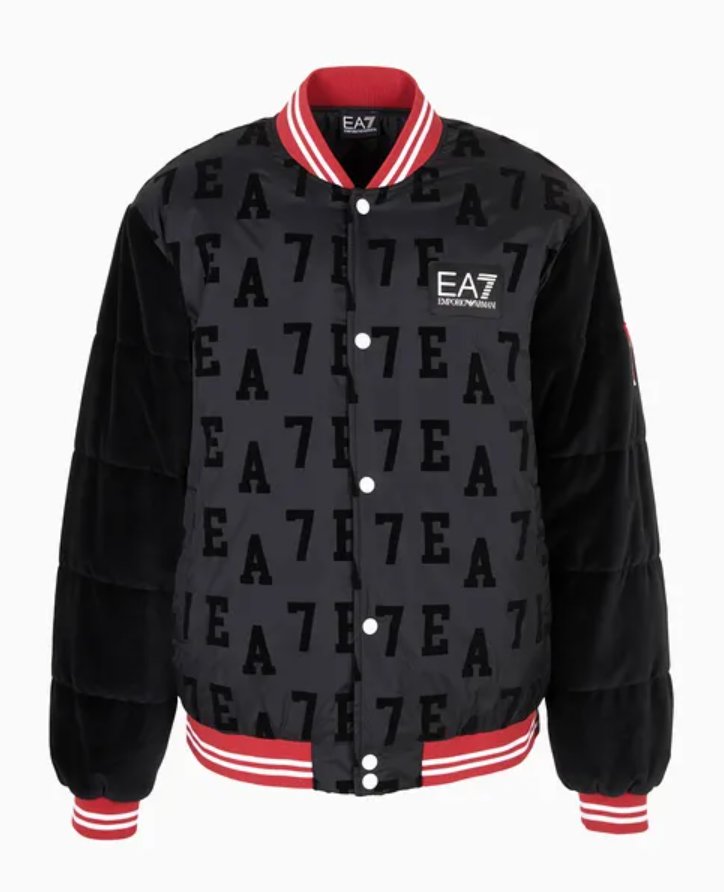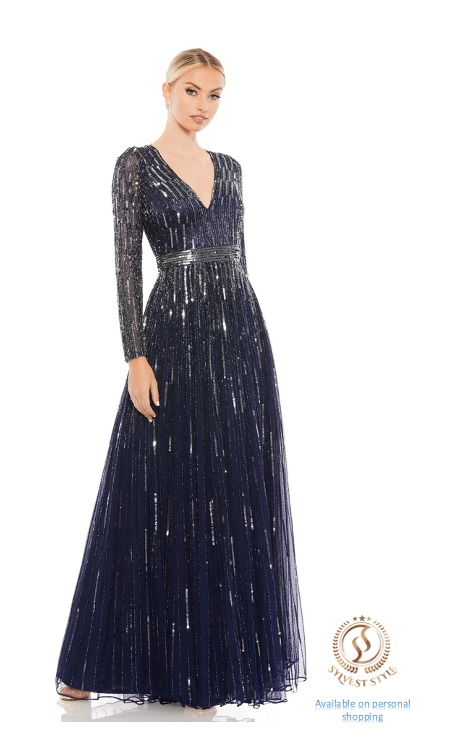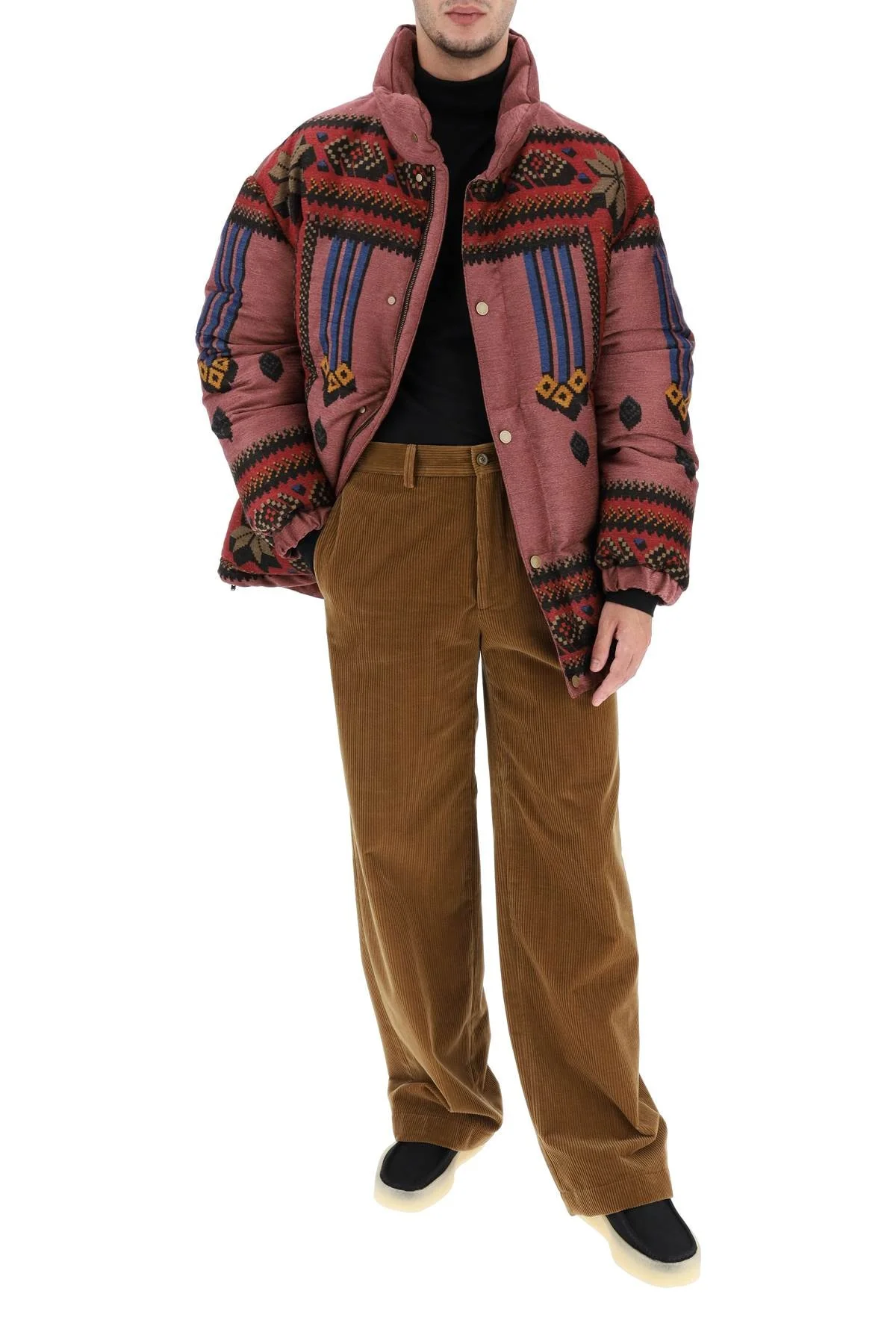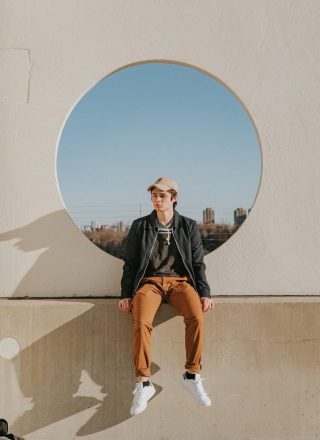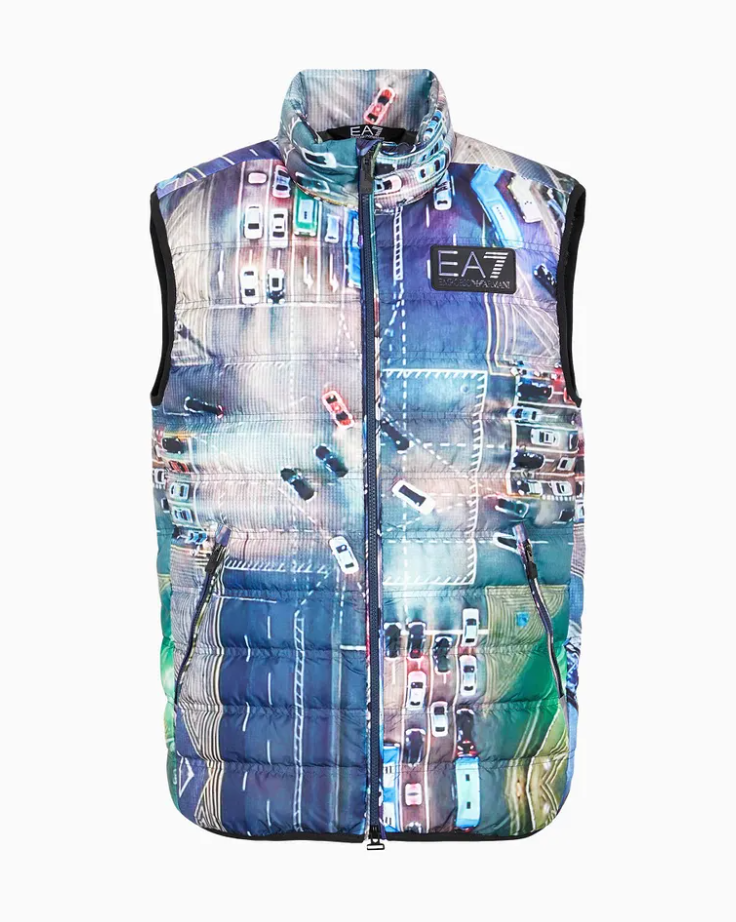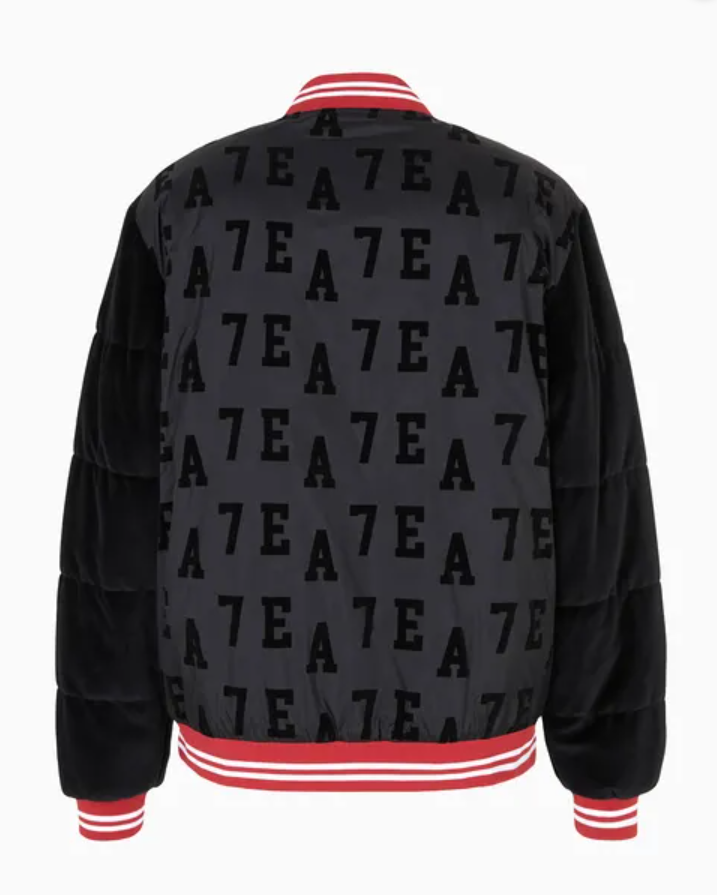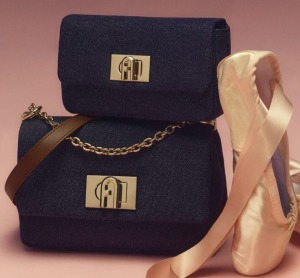A unique style
In fashion, every outfit is a canvas, and every individual is an artist. Fashion styling isn’t merely about putting together pieces of clothing; it’s a form of self-expression that allows us to convey our personality, beliefs, and emotions without saying a word. The role of personality in fashion styling is profound, as it serves as the guiding light that shapes our choices, transforming them into a representation of who we are. This post delves into the intricate relationship between personality and fashion, highlighting how your unique traits can influence your style choices and how fashion stylist experts can help combine your personality and your fashion style.
The Intersection of Personality and Fashion: Fashion styling includes following trends or mimicking runway looks. It’s also about translating your inner self into tangible garments. Your personality serves as the compass that guides you through the vast sea of clothing options, helping you create outfits that resonate with your true essence. Whether bold and adventurous or prefer a more minimalist approach, your personality traits significantly impact your fashion decisions.
In fashion styling, personality isn’t just a secondary factor; it’s the driving force behind every outfit choice. Fashion becomes a powerful tool for self-discovery and self-expression, allowing us to present our authentic selves without uttering a single word. Understanding the intricate interplay between personality and fashion empowers us to curate wardrobes that flatter our physical appearance and resonate with our innermost essence. So, the next time you stand before your closet, remember that you’re not just choosing clothes—you’re painting a portrait of your personality for the world to see.
Confidence: Confidence is the cornerstone of great style. Individuals who exude self-assuredness often gravitate towards bold and statement-making pieces. Their outfits reflect their inner strength and fearlessness, incorporating vibrant colours, unique patterns, and daring silhouettes. The way they carry themselves in these ensembles further accentuates their innate confidence.
Creativity: Creativity in fashion styling is viewed as an art form. Experimenting with textures, layering, and unexpected combinations is another way of transforming outfits into a canvas for imagination, reflecting its innovative and inventive nature. Mixing vintage pieces with modern elements or playing with asymmetry are common ways to express creativity through fashion.
Introversion vs. Extroversion: Introverts might lean towards more subdued and understated styles, opting for neutral colours and classic cuts. These fashion choices often prioritise comfort and functionality. On the other hand, extroverts tend to embrace vibrant colours, bold accessories, and attention-grabbing details that mirror their outgoing and energetic personality.
Focus on Quality: Many Introverts invest in high-quality, long-lasting pieces. Several stylists and designers recommend investing in a high-quality outfit to secure a long-lasting style or outfit. Introverts may prefer a few well-made items over many disposable fashion items. This approach aligns with their preference for sustainability and durability.
Extroverts, on the other hand, embrace bright, attention-grabbing colours and bold patterns. Their outfits often include lively hues, floral prints, and geometric designs that mirror their exuberance. Daring Silhouettes: They are fearless in experimenting with unconventional silhouettes. Asymmetrical dresses, wide-leg pants, or statement sleeves are all fair game. Their style is anything but predictable.
Neutral Colours: Introverts tend to gravitate towards a subdued colour palette. Blacks, greys, soft blues, and earthy tones dominate their wardrobe. Simple Silhouettes: Introverts may favour clean lines and unassuming silhouettes. Classic pieces like tailored blazers, well-fitted jeans, and simple dresses are staples in the closet. These choices emphasise the desire for comfort and practicality. Minimum accessories are essential for introverts; opt for minimal and functional accessories. A delicate pendant necklace, a timeless watch, or a pair of stud earrings complements their outfit without overwhelming it. Layering is a common technique for introverts. They allow room to add depth to the outfit without being too conspicuous. A cosy cardigan or a lightweight scarf can enhance their look.
Statement Accessories: Extroverts adore statement jewellery, oversized sunglasses, and eye-catching hats. These accessories are an integral part of their fashion identity, helping them stand out in a crowd. Confidence in Clashing: Mixing contrasting elements is a signature of extrovert fashion. They fearlessly combine textures, colours, and styles to create visually exciting outfits that reflect their self-assuredness. Embracing Trends: Extroverts are often trendsetters. They eagerly adopt new fashion trends and incorporate them into their wardrobe. Their style is ever-evolving, reflecting their openness to change.
While introverts and extroverts tend to gravitate toward distinct fashion styles, it’s essential to remember that personality is a spectrum. Many individuals fall somewhere in between, blending elements of both introversion and extroversion in their fashion choices. This balance allows for versatility and the ability to adapt to different situations.
Fashion, ultimately, is a tool for self-expression, and it should make you feel confident and comfortable. Whether you’re an introvert who prefers quiet elegance or an extrovert who thrives on bold and vibrant styles, your fashion choices reflect your unique personality. Be bold and ask for professional feedback, discover and explore other styles, embrace them confidently, and let them tell your story to the world.
Minimalism vs. Maximalism: Minimalists prefer a “less is more” approach, focusing on clean lines, monochromatic colour palettes, and simple accessories. Their style echoes their preference for simplicity and clutter-free aesthetics.
Neutral Colours: The minimalist palette revolves around black, white, grey, beige, and muted tones. This monochromatic approach creates a sense of calm and sophistication. Clean Silhouettes: Minimalist clothing emphasises sleek, unfussy lines and a lack of unnecessary embellishments. A well-tailored blazer, a perfectly fitted T-shirt, or a simple shift dress epitomise this style. Quality over Quantity: Minimalists prioritise quality, investing in timeless, versatile pieces that can be mixed and matched effortlessly. A few high-quality items often replace a closet full of disposable fashion. Functional Accessories: Accessories are understated and serve a purpose. A minimalist might opt for a sleek leather bag, a classic wristwatch, or a pendant necklace. Mindful Wardrobe Curation: Minimalists carefully curate their wardrobes, paring down to only what they truly need and love. This results in a clutter-free, serene wardrobe.
Maximalists, however, revel in extravagance. Their outfits feature layers, textures, and various accessories, mirroring their exuberant, enthusiastic demeanour and striking approach to fashion.
Vibrant Colours and Patterns: Maximalists aren’t afraid to embrace a riot of colours and patterns in a single outfit. Florals, animal prints, sequins, and bright hues all find a place in their wardrobe. Layering and Mixing: Layering is a maximalist’s playground. They mix unexpected pieces, often resulting in elaborate and visually striking ensembles.
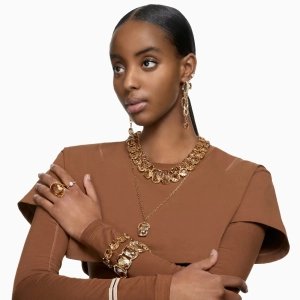
Statement Accessories:
Maximalists adore statement jewellery, oversized sunglasses, elaborate hats, and bold handbags. Accessories are essential to complete their look. Dramatic Silhouettes: Exaggerated silhouettes, like voluminous sleeves, ruffled skirts, or oversized coats, are a hallmark of maximalism.Unapologetic Confidence: Maximalists revel in the attention they garner. Their style is an extension of their personality; they wear it with pride. Collecting and Accumulating: Maximalists tend to have expansive wardrobes filled with various clothing and accessories. They enjoy the process of collecting and curating in an ever-evolving fashion.
Ultimately, the choice between minimalism and maximalism in fashion is profoundly personal. It’s not just about aesthetics; it’s about how you want to express yourself to the world. Some may find solace in the simplicity and elegance of minimalism, while others thrive in the vivacity and flamboyance of maximalism. Moreover, many individuals find themselves somewhere in between, embracing elements of both styles to create a unique hybrid. Fashion is about experimentation and evolution, so explore and discover what resonates with your personality and lifestyle. Whether you keep it simple or go all out, fashion is a canvas that allows you to paint your personality for the world to see. So, feel free to discover and explore different styles and wear them confidently.
Romanticism vs. Pragmatism: Those inclined towards romanticism often choose clothing that embodies softness, fluidity, and intricate details. They’re drawn to feminine dresses, lace, and delicate jewellery that reflect their dreamy and sentimental nature. Conversely, pragmatists opt for functional and versatile pieces that align with their efficient and logical approach to life. In our next post, you can learn more about Romanticism vs Pragmatism in fashion styling.
Influence of Hobbies and Interests: A person’s hobbies and interests play a significant role in fashion choices. An avid traveller might incorporate global-inspired garments into their wardrobe, while a music enthusiast could mirror their favourite era’s style. These choices add a layer of authenticity to one’s fashion expression.
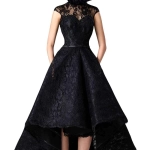
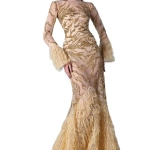
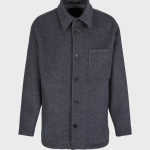
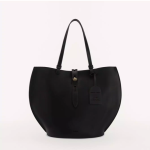
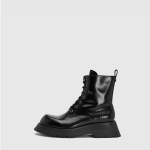
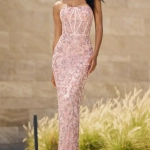
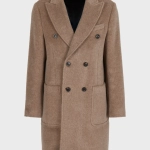
Explore Our Unique Collection





